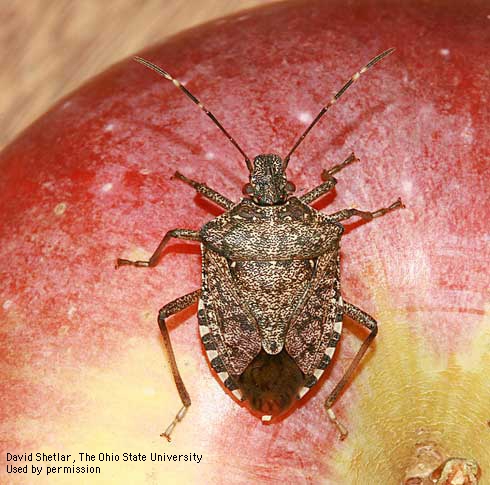[From the April 2014 issue of the UC IPM Green Bulletin newsletter]
Over the last several decades dozens of exotic pests have invaded California landscapes, causing at least temporary havoc and sometimes severely affecting the aesthetic value of plants or even killing them. Giant whitefly, hackberry woolly aphid, eucalyptus red gum lerp psyllid, Diaprepes root weevil, myoporum thrips, light brown apple moth, spotted wing Drosophila, and olive fruit fly are just a few now established pests that were unknown in the state 25 years ago.
These invaders have come from all over the globe—Asia, Africa, Europe, Australia, Central and South America, and parts of North America. Many new pests arrived on nursery stock; others were imported with shipments of wood, produce, or packing material. Some pests were inadvertently brought in on vehicles or with travelers. Many safeguards including quarantine programs, border inspections, careful procedures at plant nurseries, and outreach programs to educate the public about not moving wood, plants, or produce into the state have had a significant effect in reducing the spread of invasive pests. However, despite these efforts, there is little doubt that new species will continue to arrive.
Five of the newest invaders of concern to landscapers are described in the following paragraphs. For information on these and other exotic pests see the web sites of the UC Riverside Center for Invasive Species Research, the California Department of Food and Agriculture, or the UC Statewide IPM Program.
Goldspotted oak borer. First identified in eastern San Diego County in D-shaped holes on California native red oaks are a clue to goldspotted oak borer infestation.
Black walnut in decline due to thousand cankers disease.
Polyphagous shot hole borer. Like the walnut twig beetle, this tiny Lesions on a live oak caused by the polyphagous shot hole borer-Fusarium complex.
Polyphagous shot hole borer.
Brown Marmorated Stink Bug. A native of Asia, the brown marmorated Adult brown marmorated stink bug.
Bagrada bug nymphs and adults.
This article was originally published in the April 2014 issue of the UC IPM Green Bulletin. See this and other articles at http://www.ipm.ucdavis.edu/greenbulletin/index.html.





